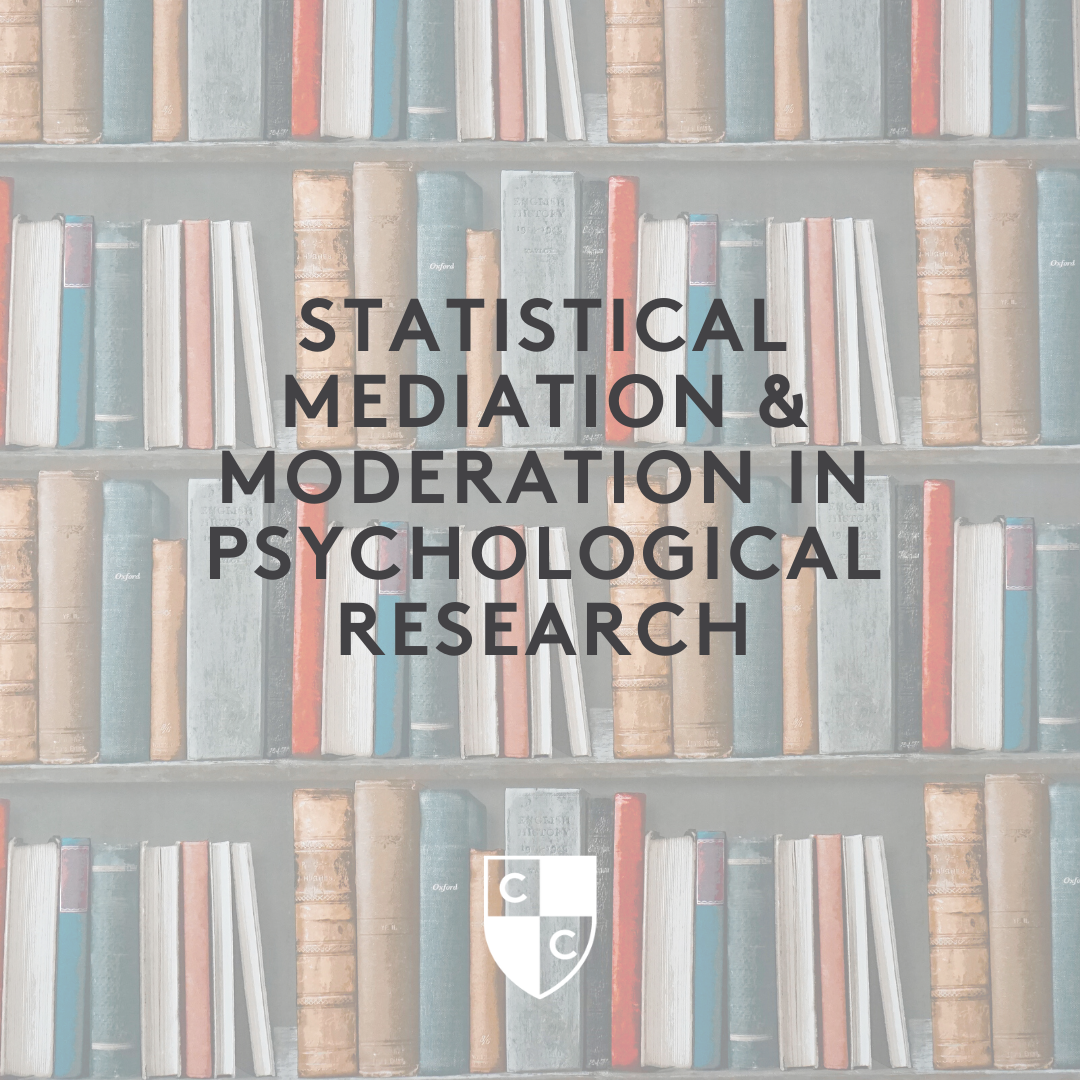 One of the most commonly identified challenges in statistics for psychology is differentiating between mediation and moderation. Fully understanding these concepts can seem overwhelming, but it doesn’t have to be that way! All concepts that seem tricky can be broken down into simple, comprehendible steps.
One of the most commonly identified challenges in statistics for psychology is differentiating between mediation and moderation. Fully understanding these concepts can seem overwhelming, but it doesn’t have to be that way! All concepts that seem tricky can be broken down into simple, comprehendible steps.
1.) What are independent and dependent variables?
In research, an independent variable, also known as a predictor, is the one being changed or controlled to test its effects on a dependent variable. A dependent variable, also known as an outcome, is the one that changes according to the independent variable.
For example, let’s say a researcher wants to assess how effective a new treatment for depression (treatment A) is in reducing patients’ depressive symptoms, relative to a control treatment (treatment B). To test this question, the researcher conducts a randomized controlled trial, randomizing patients to receive treatment A or treatment B and assessing patients’ symptoms of depression prior to and following treatment. In this example, the independent variable is treatment condition, and the dependent variable is change in patients’ symptoms of depression pre-treatment and post-treatment.

2.) What is moderation?
Moderation occurs when a variable (i.e., a moderator) influences the direction and / or strength of the relationship between the independent variable and the dependent variable.
Using the example in Step 1, it’s possible that a third variable might influence any identified relationship between treatment condition and symptoms of depression. For instance, it could be that participating in treatment A, on average, led to reductions in symptoms. However, it’s possible that this relationship is particularly strong for older patients, rather than younger patients. In this instance, the moderator is patient age because the relationship between the independent and dependent variables was influenced by patient age.

Here’s another example. Research has shown that genetic vulnerability to depression predicts the development of depression. However, this relationship is influenced by life stress, with the link being strongest for people who experience life stress. In this instance, the independent variable is a genetic vulnerability to depression, the dependent variable is the development of depression, and the moderator is life stress.

3.) What is mediation?
Mediation occurs when a variable (i.e., a mediator) explains the relationship between the independent variable and the dependent variable.
Again, using the example in Step 1, it’s possible that a third variable might explain the identified relationship between treatment condition and symptoms of depression. For instance, it could be that the effect of treatment A on depression symptoms is only present when patients completed their homework throughout therapy. In this instance, the mediator is whether or not the patients completed their therapy homework because the relationship between the independent and dependent variables was explained by patient homework completion.

For more practice, let’s use our example focusing on the link between genetic vulnerability to depression and the development of depression. It’s possible that this relationship is not influenced but explained by life stress, such that a genetic vulnerability only predicts the development of depression when life stress is experienced. In this instance, the independent variable is a genetic vulnerability to depression, the dependent variable is the development of depression, and the mediator is life stress.

Now you’re an expert on statistical moderation and mediation! To continue refining this skill, it’s helpful to practice identifying the independent, dependent, moderator and / or mediator variables in the academic articles that you might read in the future.
Comments